The rtd alcoholic-beverages market in North America is characterized by a dynamic competitive landscape, driven by evolving consumer preferences and a growing demand for convenience. Major players such as Anheuser-Busch InBev (BE), Diageo (GB), and Constellation Brands (US) are actively shaping the market through strategic initiatives. Anheuser-Busch InBev (BE) focuses on innovation, particularly in the development of new flavors and healthier options, which aligns with the increasing consumer inclination towards wellness. Diageo (GB) emphasizes premiumization, enhancing its portfolio with high-end offerings that cater to discerning consumers. Constellation Brands (US) is leveraging its strong distribution network to expand its presence in the ready-to-drink segment, indicating a strategic focus on accessibility and market penetration. Collectively, these strategies contribute to a competitive environment that is increasingly characterized by innovation and consumer-centric approaches.
Key business tactics employed by these companies include localizing manufacturing and optimizing supply chains to enhance efficiency and responsiveness to market demands. The market structure appears moderately fragmented, with several key players holding substantial market shares while also allowing for the presence of smaller, niche brands. This fragmentation fosters a competitive atmosphere where innovation and brand differentiation are crucial for success.
In October 2025, Anheuser-Busch InBev (BE) announced the launch of a new line of low-calorie rtd cocktails, targeting health-conscious consumers. This strategic move not only aligns with current consumer trends towards healthier drinking options but also positions the company to capture a growing segment of the market that prioritizes wellness. The introduction of these products is likely to enhance brand loyalty and attract new customers seeking convenient yet healthier alternatives.
In September 2025, Diageo (GB) unveiled a partnership with a leading technology firm to integrate AI-driven analytics into its marketing strategies. This initiative aims to enhance consumer engagement through personalized marketing campaigns, thereby increasing brand visibility and sales. The strategic importance of this partnership lies in its potential to leverage data insights for more effective targeting, ultimately driving growth in a competitive landscape.
In August 2025, Constellation Brands (US) expanded its distribution agreement with a major retail chain, significantly increasing its market reach. This strategic action underscores the importance of accessibility in the rtd segment, as it allows the company to tap into new consumer bases and enhance its competitive positioning. The expansion is expected to bolster sales and reinforce Constellation's status as a key player in the market.
As of November 2025, current competitive trends indicate a strong emphasis on digitalization, sustainability, and the integration of advanced technologies such as AI. Strategic alliances are increasingly shaping the landscape, enabling companies to pool resources and expertise for enhanced innovation. Looking ahead, competitive differentiation is likely to evolve, with a shift from price-based competition towards innovation, technology adoption, and supply chain reliability. This transition suggests that companies will need to focus on creating unique value propositions to maintain a competitive edge in the rtd alcoholic-beverages market.


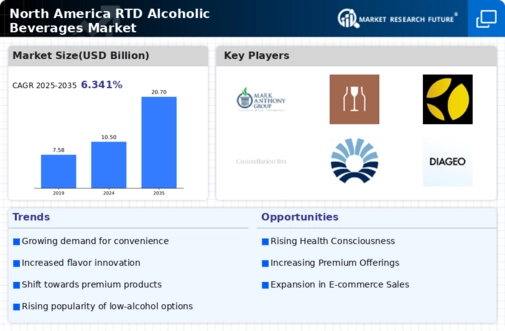
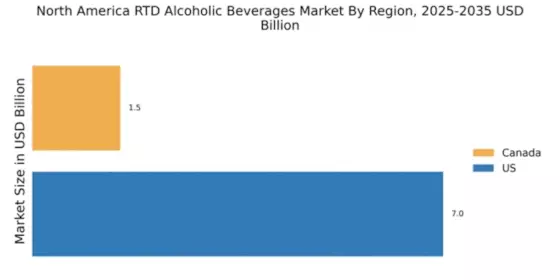
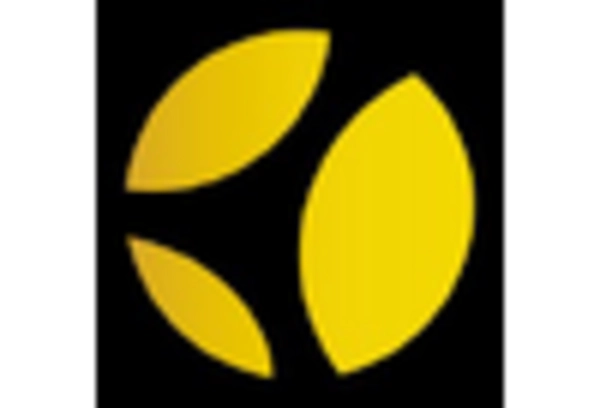

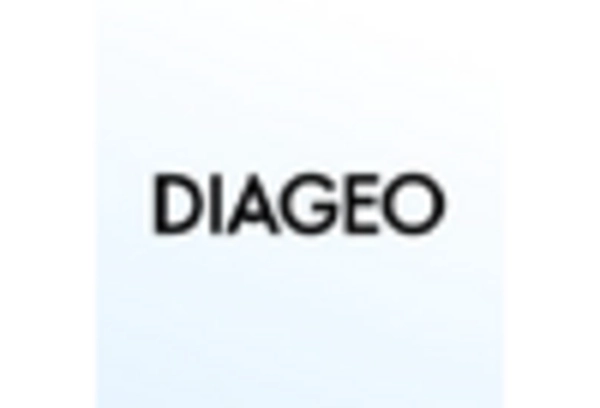
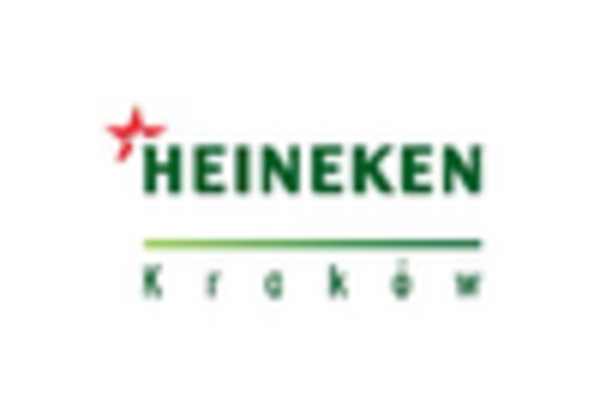










Leave a Comment